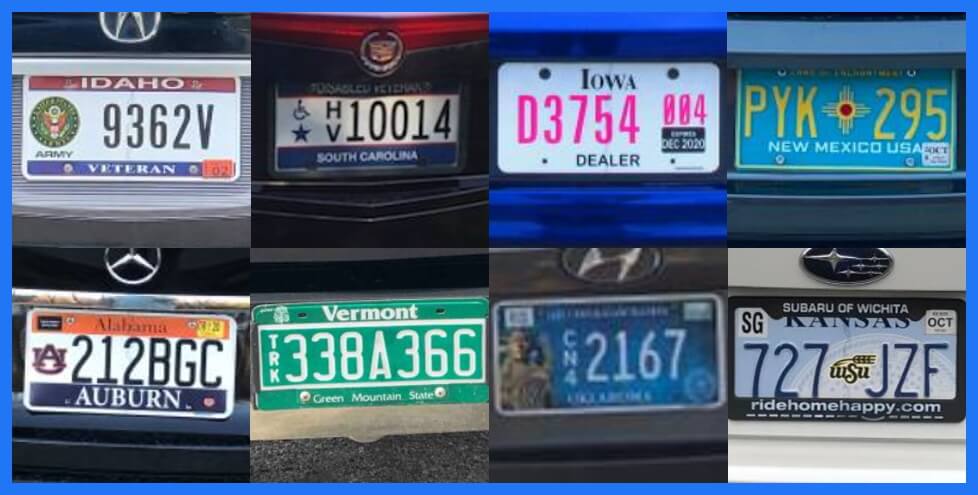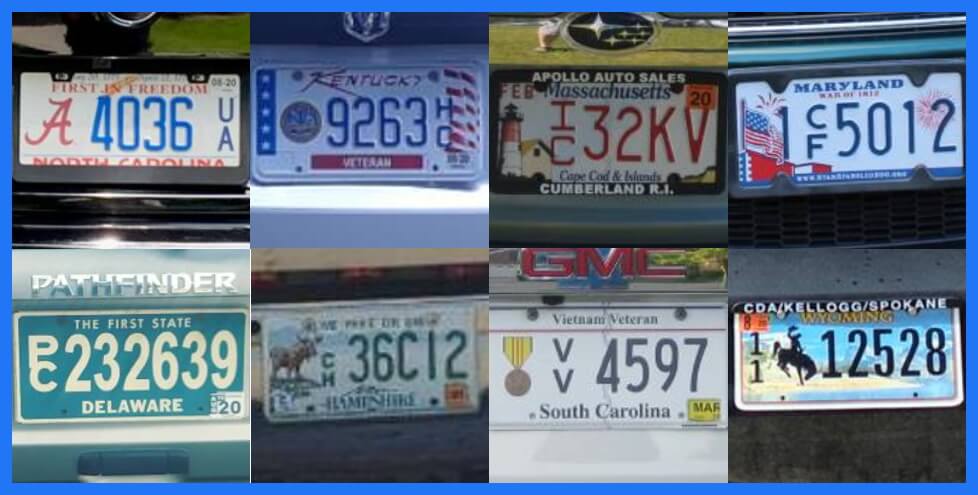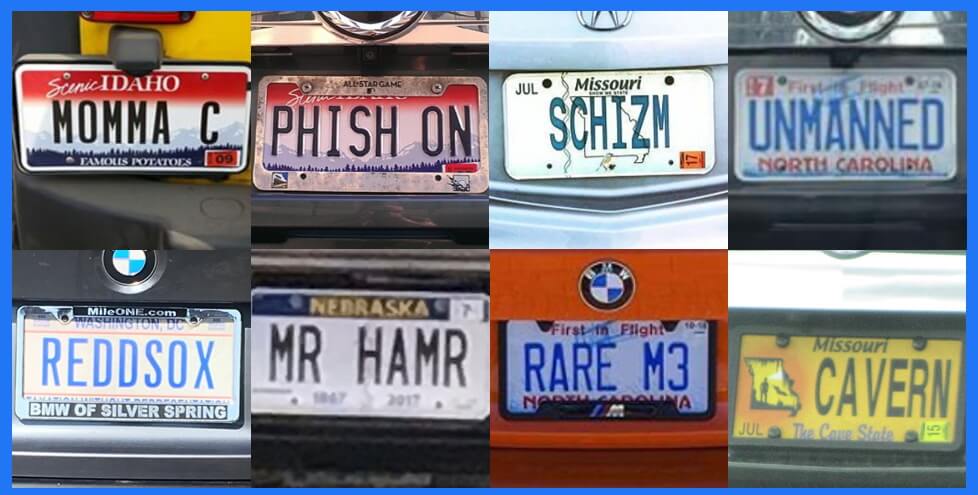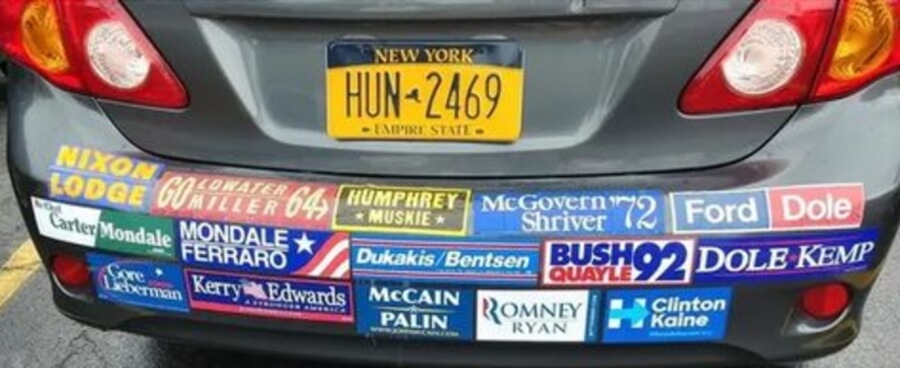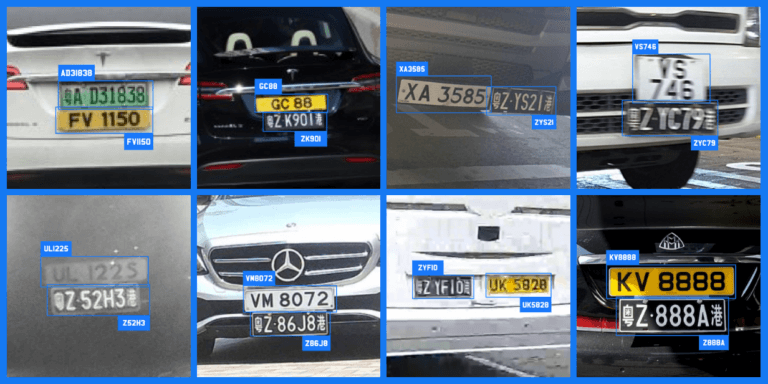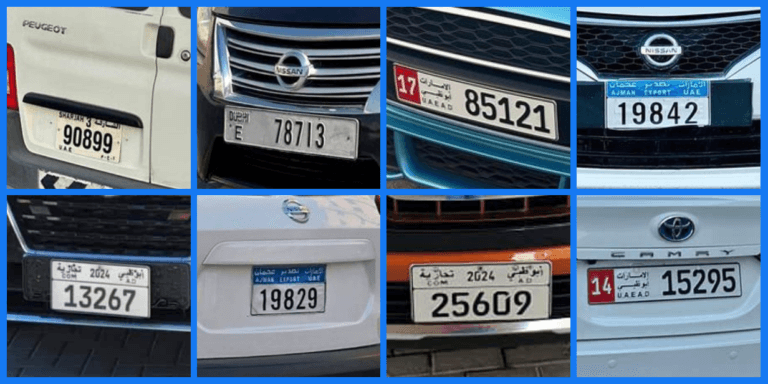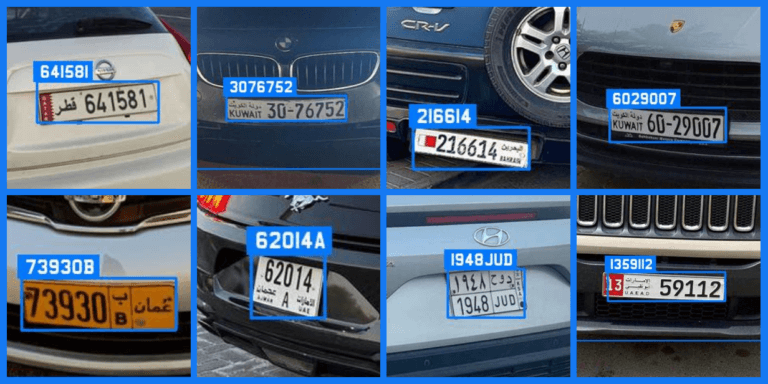The United States is a diverse country in nearly every aspect—including its license plates. This article explores some of the key obstacles we overcame in developing high-accuracy license plate recognition (ALPR, or LPR) for each of the 50 States of America.
Some license plates from across USA. Source: Plate Recognizer clients and varoius websites.
America, Land of Diversity
The United States of America, popularly known as the United States (U.S. or US) is a country located between Canada and Mexico. It is made up of 50 states, five major self-governing territories, a federal district, and various possessions.
No other word describes the US better than the word: diversity. Each state is diverse in regard to its size, politics, weather conditions, points of view, education-level, religion and many more.
There are huge states in terms of size and population like Texas and California, and small states like Rhode Island, Delaware, and Connecticut.
Some US states lean very far left and are strong Democrats, such as Vermont, New York, Massachusetts, and Maryland while others are die-hard Republicans, such as Alabama, South Dakota, Idaho, Montana, North Dakota, and Wyoming.
Source: Various websites.
There are states that are cold year-round like Alaska, North Dakota, and Maine. Some are always hot most of the year, such as Florida, Hawaii, and Louisiana.
Some states are high in altitude, such as New Mexico and Colorado, while others have low altitude, such as Mississippi and Louisiana.
Diversity of License Plates in Each US State
When it comes to license plates, USA is also very diverse. Each US state has its unique license plate with distinct design features, fonts styles, colors, templates, and more.
State emblems like flag, slogans and “state name” are usually embedded into some US state license plate designs, such as those in Florida and Maryland.
Most of the license plates regularly issued for passenger vehicles usually have 5-7 characters while vanity plates or specialty have up to 8 characters.
With this amount of variation, the license plates of America are not easy for humans to sort and organize, let alone for an ALPR engine.
| US State | RV, M | Plate Description |
|---|---|---|
| Arizona | 2.4 | Dark green on desert landscape. |
| California | 15 | Dark blue on white with state name and slogan printed in red at the bottom. |
| Georgia | 3.6 | Black on reflective blue with hills, peach tree, and peaches. |
| Florida | 8 | Green on reflective white with state map and citrus orange graphics. |
| Illinois | 4.5 | Reflective gradient blue-to-white with white Chicago and Springfield skyline and gray Abraham Lincoln graphic at far left; state name screened in black at top. |
| Massachusetts | 2.2 | Red on reflective white. |
| Michigan | 3 | Green and blue with Great Lakes outline on reflective white with black characters. |
| New Jersey | 2.7 | Black on yellow gradient fade. |
| New York | 4.7 | Dark blue on reflective gold. Dark blue on reflective white with Niagara Falls, etc. on the bottom. |
| North Carolina | 3.4 | Blue on reflective white with Wright Flyer graphic. Blue on reflective white. |
| Ohio | 4.6 | Blue on white with various slogans in gray with a red border. |
| Pennsylvania | 4.4 | Blue on white with yellow and blue bars. |
| Texas | 8.3 | Black on white with 5-point star in the upper left corner. |
| Virginia | 3.3 | Blue on white |
| Washington | 3 | Dark blue on white with light blue Mount Rainier graphic. |
Description of license plates from some US States. Source: Statistica and Wikipedia.
ALPR Challenges for United States
In the section below, we identify the top 5 issues we faced while doing our USA research and training our license plate recognition software to be able to accurately decode the license plates from each of the 50 US states.
The main challenges are summarized as:
- Stacked characters.
- Icons on the license plates.
- Vanity plates.
- Bumper stickers.
- License plate covers.
Fine-Tuning ALPR for USA: Stacked Characters
Some license plates have some of its characters placed on each other vertically while the remaining characters are arranged horizontally. The stacked characters can be on the left side or the right side of the plate. For example, Vermont has license plates with 3 stacked characters, while West Virginia has license plates with 2 stacked characters.
It is very difficult for ALPR software to decode these US plates with stacked characters. The engine is required to read top-to-bottom on the stacked characters and then left to right.
License plates with stacked characters. Source: Plate Recognizer clients and varoius websites.
Fine-Tuning ALPR for USA: Icons
Many states in America have a fascination with icons. They really want to portray the spirit or rally cry of the state through its license plates. Notable examples are Florida, with an orange in the center and Wyoming, with a cowboy on the left of the license plate.
Some icons are big enough and are not decoded. But, others are rather small, making them appear like a number or letter from far away.
We had to specially tune our ALPR engine to omit reading these icons.
Some vanity license plates in USA. Source: Plate Recognizer clients and varoius websites.
Fine-Tuning ALPR for USA: Vanity License Plates
A vanity plate, also known as personalized plate, is a special type of license plate that’s customized to suit the owner’s preference. The owner of the vehicle pays an annual fee to have their own choice of numbers or letters, which are then used to compose a phrase, slogan, or abbreviation on his plate.
Vanity plates are available in Passenger, Combination, Commercial, Classic Vehicle, Motorcycle, Camper and Camp Trailer registration types.
This table below shows vanity plates for different US States. Virginia has the highest vanity plate penetration rate while Texas has the lowest.
| US State | % Vanity Plates |
|---|---|
| Virginia | 16.2 |
| New Hampshire | 14 |
| Illinois | 13.4 |
| Nevada | 12.7 |
| Montana | 9.8 |
| Maine | 9.7 |
| Connecticut | 8.1 |
| New Jersey | 6.8 |
| North Dakota | 6.5 |
| Vermont | 6.1 |
| Texas | 0.5 |
Source: Vanity Plates Survey from AAMVA.org and LCNS2ROM.
Vanity plates present additional complications for an ALPR engine, since there is absolutely no well-defined pattern associated with a vanity plate.
We applied statistics on the penetration of plates that are vanity plates to help refine our ALPR software.
Fine-Tuning ALPR for USA: Bumper Stickers
America is the land of open expression! In some cases, citizens express their love for all things—including both sides of the political spectrum (on the same vehicle).
These bumper stickers present an unusual challenge for our license plate detection algorithms. Many of these sticks look like vanity plates! And in many cases, these stickers are placed right next to the actual license plate.
This requires our ALPR system to detect these irrelevant details. To overcome this, we layered another level of filtering in order to get accurate plate results.
An example of a car with a bunch of bumper stickers. Source: Online website.
Fine-Tuning ALPR for USA: Plate Covers
Some vehicle owners use license plate frames that exceed the normal permitted standard and cover important details on the license plate. So critical parts of the license plate, such as the state’s name on top or slogan on the bottom is hidden from view.
This is equivalent to hiding a few key letters of a word and expecting the software to guess the whole word.
This makes it awfully difficult to identify the vehicle’s state, a key ingredient in maximizing LPR accuracy.
Frames covering license plate. Source: Plate Recognizer clients and various websites.
Key Lesson Learned from Fine-Tuning our ALPR for USA
Initially, we relied mainly on our 2 neural networks to analyse and decode each state’s license plate. This worked to some extent and yielded accurate rates around 90%. But we were not satisfied with that level of accuracy. That’s only an A- grade.
After some brainstorming, we decided to incorporate a systematic US-based state by state identification model. This identification helped fine-tune the ALPR system to assess the unique characteristics of each plate.
Our Plate Recognizer engine is required to make multiple educated guesses (we call them machine learning estimates) to understand the US state of origin of the vehicle.
Deciphering the vehicle’s state gives us many clues to help our ALPR software decode (and in some cases omit) the characters and signs that it sees. Some examples:
- If we know that it’s a license plate from Maryland, our engine can expect more vertically-stacked characters.
- If the plate is from Virginia, then we loosen the regex (regular expression) so that we can accommodate the higher odds of a vanity plate.
- If have good confidence that it’s a Wyoming license plate, then we can (possibly) expect a cowboy icon between two stacked characters and the remainder of the license plate.
After a concerted, dedicated team effort, we were able to improve our LPR accurate rates to 99%! Curious how our accuracy stacks up against our competitors? Check out our OpenALPR free comparison guide.
One Big Bonus: US State Identification
It’s interesting how one thing helps the other. By improving our fastest ALPR software yet to identify the license plates of the 50 different US States, we are now also able to decode the plate characters themselves with much better accuracy!
Don’t take our word for it. Sign up and take our Free Trial ALPR for a test drive.
If there are specific areas (or states) you think we need to do-better, let us know! We’re a very humble team, after all.
